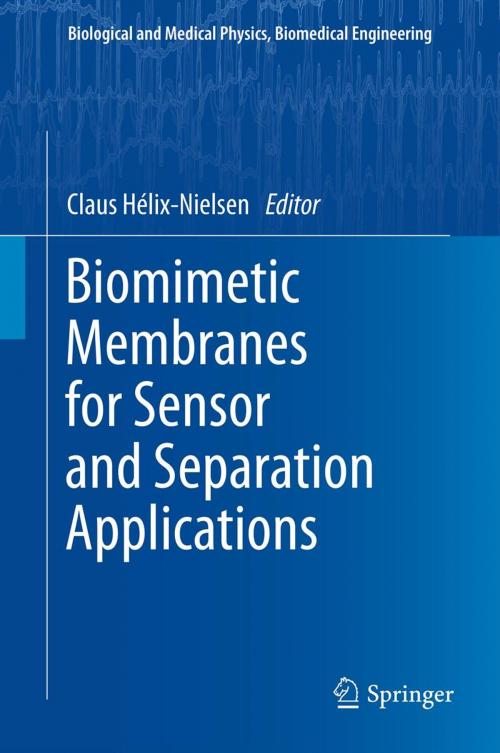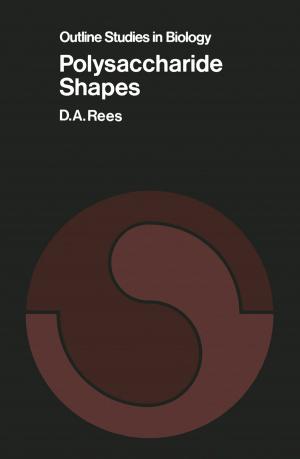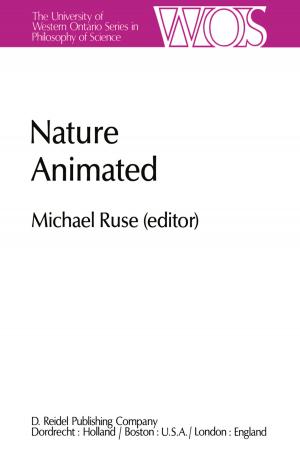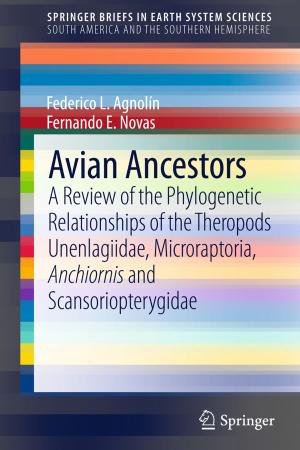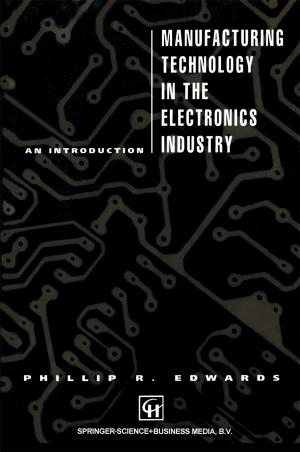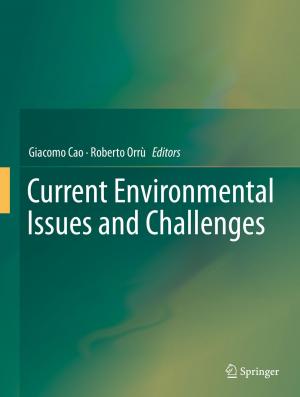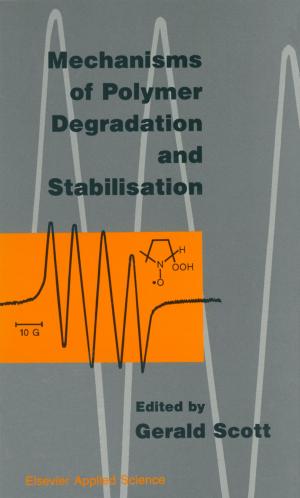Biomimetic Membranes for Sensor and Separation Applications
Nonfiction, Science & Nature, Science, Biological Sciences, Biophysics, Biochemistry| Author: | ISBN: | 9789400721845 | |
| Publisher: | Springer Netherlands | Publication: | January 2, 2012 |
| Imprint: | Springer | Language: | English |
| Author: | |
| ISBN: | 9789400721845 |
| Publisher: | Springer Netherlands |
| Publication: | January 2, 2012 |
| Imprint: | Springer |
| Language: | English |
This book addresses the possibilities and challenges in mimicking biological membranes and creating membrane-based sensor and separation devices. Recent advances in developing biomimetic membranes for technological applications will be presented with focus on the use of integral membrane protein mediated transport for sensing and separation. It describes the fundamentals of biosensing as well as separation and shows how the two processes are working in a cooperative manner in biological systems. Biomimetics is a truly cross-disciplinary approach and this is exemplified using the process of forward osmosis will be presented as an illustration of how advances in membrane technology may be directly stimulated by an increased understanding of biological membrane transport. In the development of a biomimetic sensor/separation technology, both channels (ion and water channels) and carriers (transporters) are important. An ideal sensor/separation device requires the supporting biomimetic matrix to be virtually impermeable to anything but the solute in question. In practice, however, a biomimetic support matrix will generally have finite permeabilities to water, electrolytes, and non-electrolytes. These non-protein mediated membrane transport contributions will be presented and the implications for biomimetic device construction will be discussed. New developments in our understanding of the reciprocal coupling between the material properties of the biomimetic matrix and the embedded proteins will be presented and strategies for inducing biomimetic matrix stability will be discussed.
Once reconstituted in its final host biomimetic matrix the protein stability also needs to be maintained and controlled. Beta-barrel proteins exemplified by the E. Coli outer membrane channels or small peptides are inherently more stable than alpha-helical bundle proteins which may require additional stabilizing modifications. The challenges associated with insertion and stabilization of alpha-helical bundle proteins including many carriers and ligand and voltage gated ion (and water) channels will be discussed and exemplified using the aquaporin protein. Many biomimetic membrane applications require that the final device can be used in the macroscopic realm. Thus a biomimetic separation device must have the ability to process hundred of liters of permeate in hours – effectively demanding square-meter size membranes. Scalability is a general issue for all nano-inspired technology developments and will be addressed here in the context biomimetic membrane array fabrication. Finally a robust working biomimetic device based on membrane transport must be encapsulated and protected yet allowing massive transport though the encapsulation material. This challenge will be discussed using microfluidic design strategies as examples of how to use microfluidic systems to create and encapsulate biomimetic membranes. The book provides an overview of what is known in the field, where additional research is needed, and where the field is heading.
This book addresses the possibilities and challenges in mimicking biological membranes and creating membrane-based sensor and separation devices. Recent advances in developing biomimetic membranes for technological applications will be presented with focus on the use of integral membrane protein mediated transport for sensing and separation. It describes the fundamentals of biosensing as well as separation and shows how the two processes are working in a cooperative manner in biological systems. Biomimetics is a truly cross-disciplinary approach and this is exemplified using the process of forward osmosis will be presented as an illustration of how advances in membrane technology may be directly stimulated by an increased understanding of biological membrane transport. In the development of a biomimetic sensor/separation technology, both channels (ion and water channels) and carriers (transporters) are important. An ideal sensor/separation device requires the supporting biomimetic matrix to be virtually impermeable to anything but the solute in question. In practice, however, a biomimetic support matrix will generally have finite permeabilities to water, electrolytes, and non-electrolytes. These non-protein mediated membrane transport contributions will be presented and the implications for biomimetic device construction will be discussed. New developments in our understanding of the reciprocal coupling between the material properties of the biomimetic matrix and the embedded proteins will be presented and strategies for inducing biomimetic matrix stability will be discussed.
Once reconstituted in its final host biomimetic matrix the protein stability also needs to be maintained and controlled. Beta-barrel proteins exemplified by the E. Coli outer membrane channels or small peptides are inherently more stable than alpha-helical bundle proteins which may require additional stabilizing modifications. The challenges associated with insertion and stabilization of alpha-helical bundle proteins including many carriers and ligand and voltage gated ion (and water) channels will be discussed and exemplified using the aquaporin protein. Many biomimetic membrane applications require that the final device can be used in the macroscopic realm. Thus a biomimetic separation device must have the ability to process hundred of liters of permeate in hours – effectively demanding square-meter size membranes. Scalability is a general issue for all nano-inspired technology developments and will be addressed here in the context biomimetic membrane array fabrication. Finally a robust working biomimetic device based on membrane transport must be encapsulated and protected yet allowing massive transport though the encapsulation material. This challenge will be discussed using microfluidic design strategies as examples of how to use microfluidic systems to create and encapsulate biomimetic membranes. The book provides an overview of what is known in the field, where additional research is needed, and where the field is heading.
